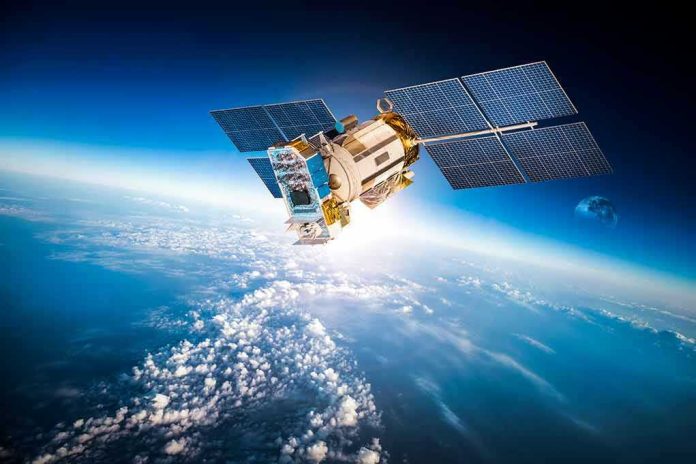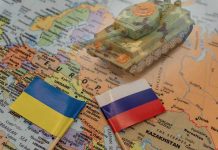
China’s latest space mission faces unexpected delays as an unknown object collides with a Chinese spacecraft, stranding astronauts in orbit.
Story Highlights
- An unknown object hit the Shenzhou-20 spacecraft, delaying the return of Chinese astronauts.
- The incident underscores the growing threat of space debris to crewed missions.
- China calls for international cooperation on space debris management.
- Debris in low Earth orbit poses increasing risks to space operations.
Space Debris Threatens China’s Crewed Missions
On November 5, 2025, the China Manned Space Agency (CMSA) reported that the Shenzhou-20 spacecraft, intended to return three astronauts from the Tiangong space station, was struck by a mystery object. The incident has resulted in the indefinite postponement of the astronauts’ return, highlighting the growing threat of orbital debris to crewed missions. The CMSA is conducting a thorough assessment to ensure the safety of the spacecraft before setting a new return date.
The collision represents the first time a Chinese crewed return mission has been delayed due to suspected space debris. This unprecedented event has sparked international discussions on the increasing frequency of such hazards. Experts have long warned about the risks posed by space debris, particularly in low Earth orbit (LEO), where the density of debris is highest due to ongoing satellite launches and anti-satellite tests.
International Implications and Responses
In response to the incident, Chinese officials have reiterated calls for enhanced international collaboration on monitoring and mitigating space debris. As one of the major spacefaring nations, China has both contributed to and been affected by the debris problem, which complicates international relations. The United States, Russia, and other nations share the burden of managing orbital debris, as it threatens all spacecraft operating in LEO.
The broader implications of the incident extend beyond China’s space program. The delay in the astronauts’ return draws attention to the urgent need for more robust debris tracking and avoidance systems. It may also accelerate efforts to develop active debris removal technologies, which are seen as crucial for ensuring the safety and sustainability of future space operations.
The Path Forward for Space Safety
As the CMSA continues its investigation into the debris strike, the incident serves as a stark reminder of the importance of international cooperation in space. The affected astronauts, Wang Jie, Chen Zhongrui, and Chen Dong, remain aboard the Tiangong station with sufficient supplies while awaiting further developments. The incident underscores the necessity of global governance in preventing similar occurrences and ensuring the safety of crewed missions in the future.
The event calls for a reevaluation of current space safety protocols and highlights the need for binding international agreements on debris management. As space becomes increasingly congested, collaboration among nations will be essential in addressing the shared challenges posed by space debris and maintaining the viability of crewed missions.
Sources:
Space Debris Delays Chinese Astronauts’ Return to Earth











